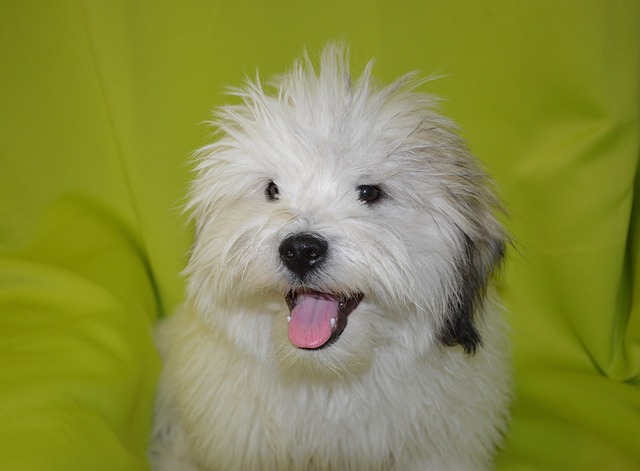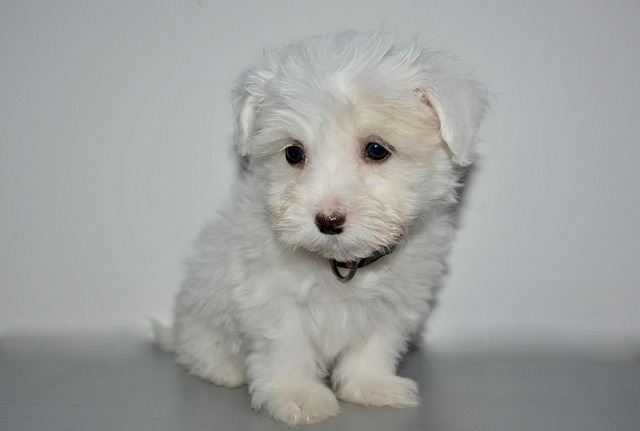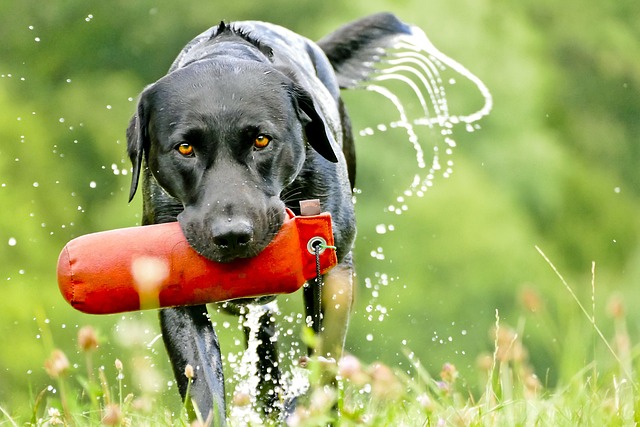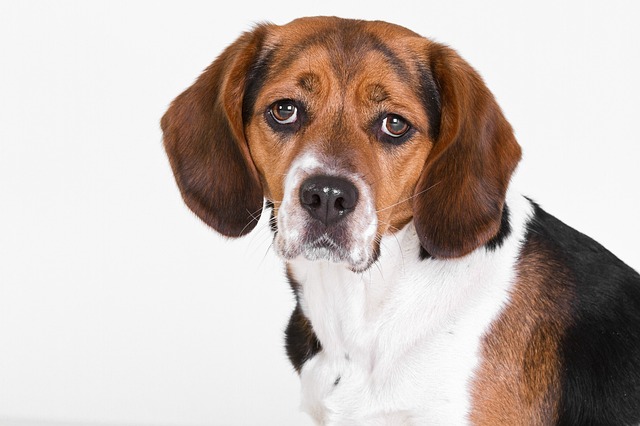Bringing a new puppy into your Western - style home is a whirlwind of joy, but it also comes with the pressing question: how long should it take to toilet train a puppy? In the US, Europe, and many other Western regions, proper pet care, including toilet training, isn't just a matter of convenience—it's part of animal welfare regulations. A puppy with poor toilet habits can cause property damage, and in some rental agreements or community bylaws, this could lead to fines or even the requirement to rehome your pet. So, getting a handle on toilet training is both a personal goal and a legal responsibility.
The timeline for toilet training a puppy isn't set in stone. It varies widely depending on multiple factors, starting with the puppy's age and breed. Generally, most puppies begin to develop some bladder and bowel control around 12 to 16 weeks old. At this stage, their tiny bodies are maturing, but they're far from being reliable. Smaller breeds like Chihuahuas might show earlier signs of control compared to larger breeds such as Great Danes, simply because their smaller bladders fill and empty more frequently.
However, don't expect a fully toilet - trained pup by 16 weeks. On average, it can take anywhere from 4 to 6 months for a puppy to be consistently clean indoors. Some dogs might even take up to a year, especially if they've had inconsistent training or underlying health issues. Think of it like teaching a child to read—the process requires patience, repetition, and positive reinforcement, which are cornerstones of pet training in Western cultures.
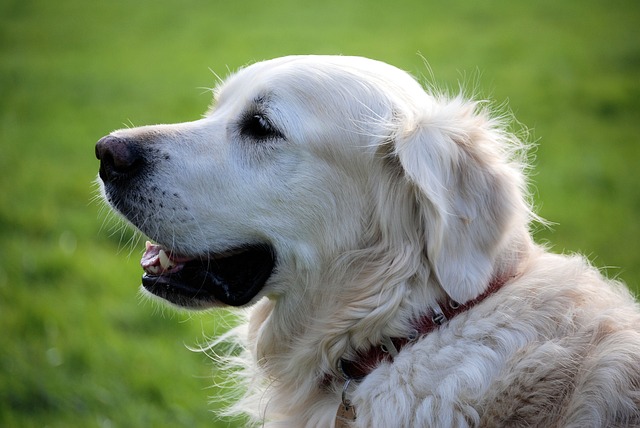
Your own routine and approach play a huge role in the training timeline. In busy Western households, where people juggle work, social life, and family, establishing a strict schedule for your puppy is key. Take your puppy outside first thing in the morning, after meals, after naps, and after play sessions. Use a specific command like "go potty" every time, and when they do their business outside, shower them with praise and a small treat. This positive reinforcement method aligns with the popular training techniques used across the Western world, where the focus is on building a strong, trusting bond with your pet.
Accidents are bound to happen during the training process, and it's important to handle them correctly. Yelling or punishing your puppy for an accident indoors is not only ineffective but also goes against the principles of humane treatment emphasized in Western animal welfare laws. Instead, clean up the mess quietly and avoid making a big deal out of it. If you notice your puppy starting to squat or sniff around indoors, quickly scoop them up and rush them outside.
If you're struggling with the training process or feel like your puppy isn't making progress, don't hesitate to seek help. In most Western cities, there are professional dog trainers who specialize in toilet training, and many veterinary clinics offer behavior consultations. By understanding the variables at play and being persistent with your training efforts, you'll not only have a toilet - trained puppy but also a well - behaved companion that fits seamlessly into your Western lifestyle.
